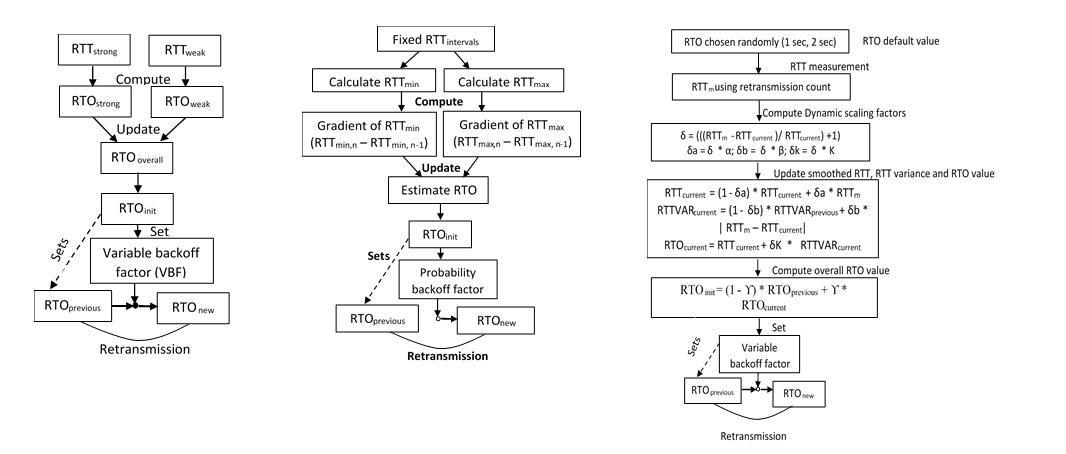A Survey on Congestion Control Protocols for CoAP
Main Article Content
Abstract
The Internet of things (IoT) comprises things interconnected through the internet with unique identities. Congestion management is one of the most challenging tasks in networks. The Constrained Application Protocol (CoAP) is a low-footprint protocol designed for IoT networks and has been defined by IETF. In IoT networks, CoAP nodes have limited network and battery resources. The CoAP standard has an exponential backoff congestion control mechanism. This backoff mechanism may not be adequate for all IoT applications. The characteristics of each IoT application would be different. Further, the events such as unnecessary retransmissions and packet collision caused due to links with high losses and packet transmission errors may lead to network congestion. Various congestion handling algorithms for CoAP have been defined to enrich the performance of IoT applications. Our paper presents a comprehensive survey on the evolution of the congestion control mechanism used in IoT networks. We have classified the protocols into RTO-based, queue-monitoring, and rate-based. We review congestion avoidance protocols for CoAP networks and discuss directions for future work.
Article Details
How to Cite
Deshmukh, S. R. ., & Raisinghani, V. T. . (2022). A Survey on Congestion Control Protocols for CoAP. International Journal of Communication Networks and Information Security (IJCNIS), 14(2), 111–123. https://doi.org/10.17762/ijcnis.v14i2.5484
Issue
Section
Surveys/ Reviews

This work is licensed under a Creative Commons Attribution-NonCommercial-ShareAlike 4.0 International License.

